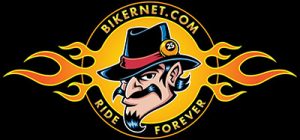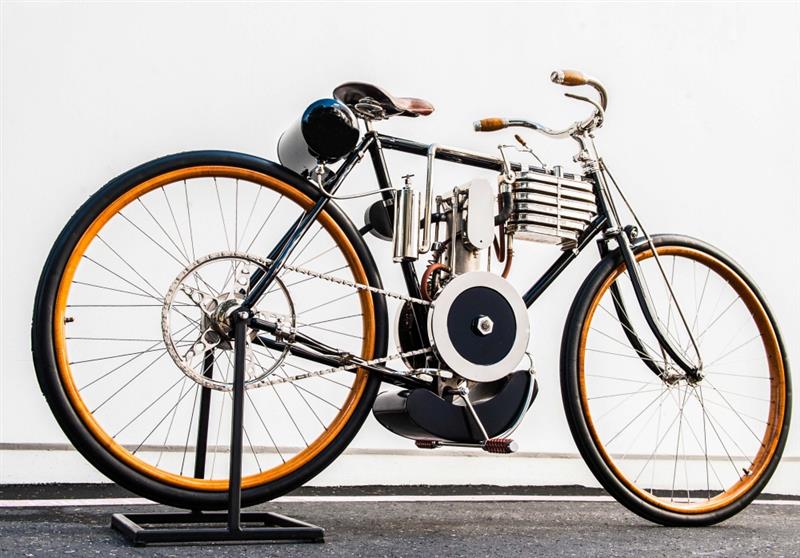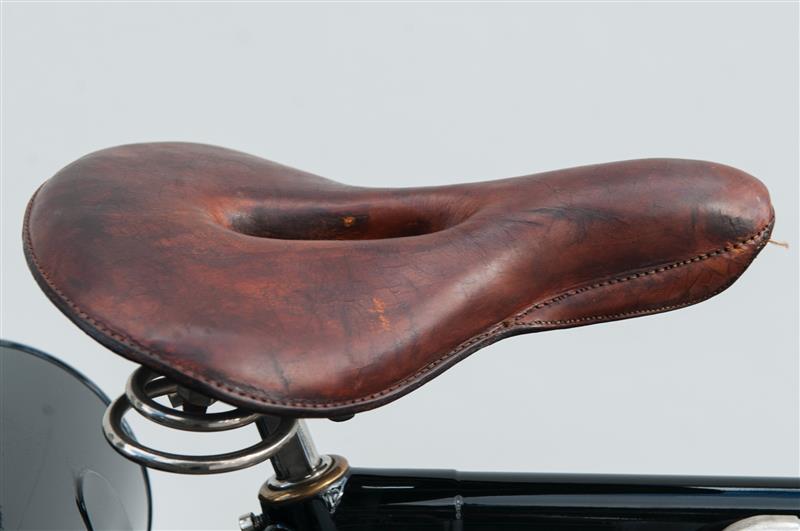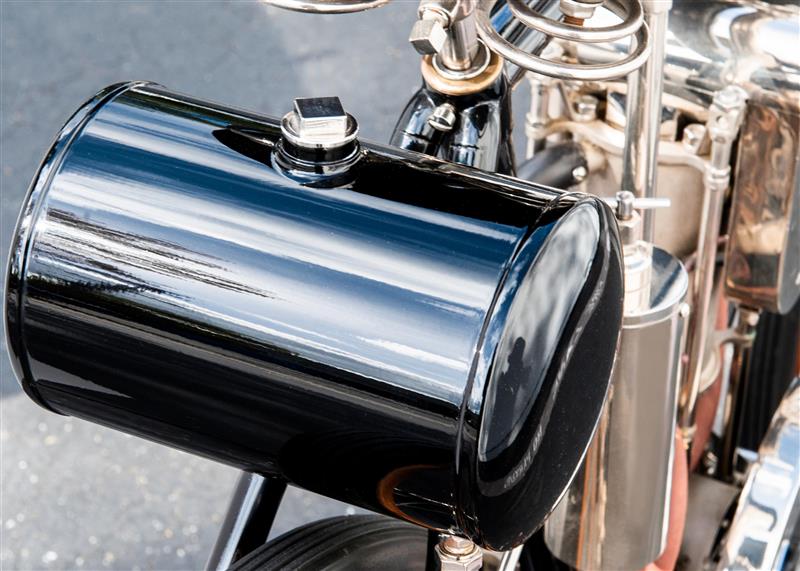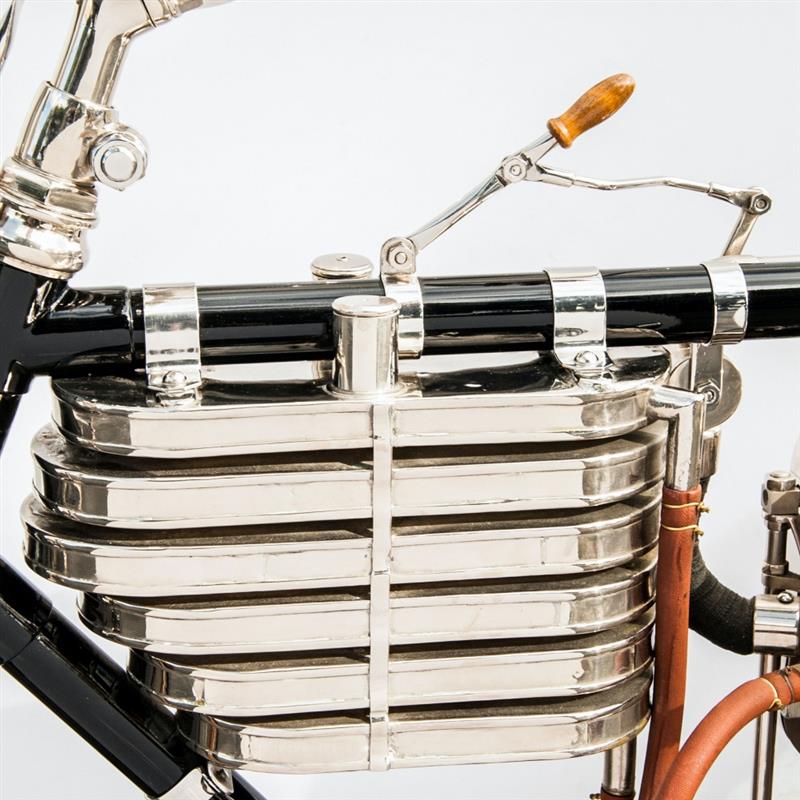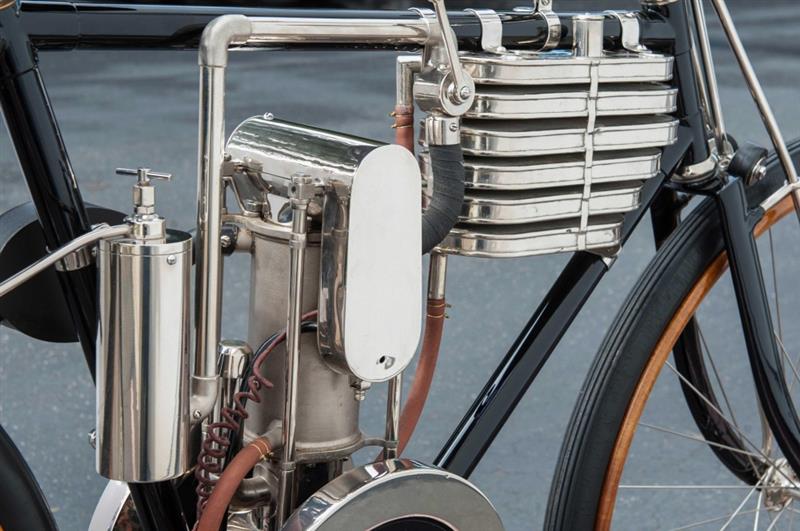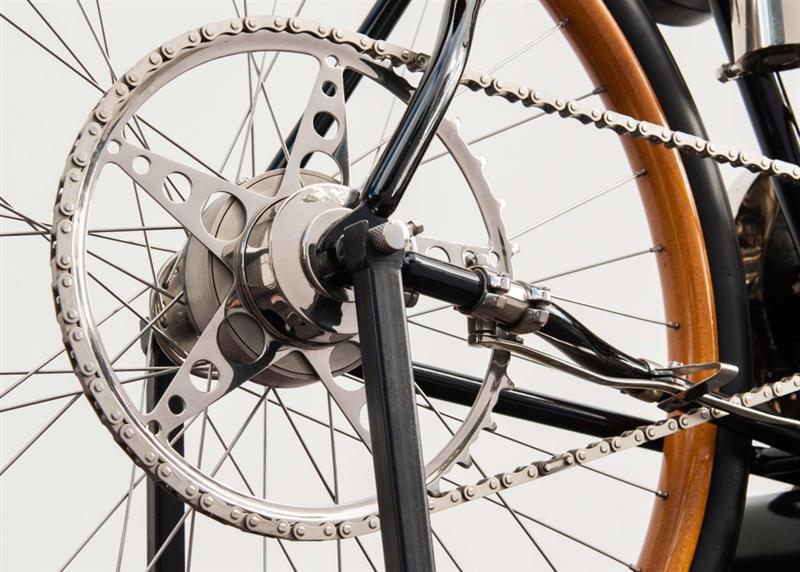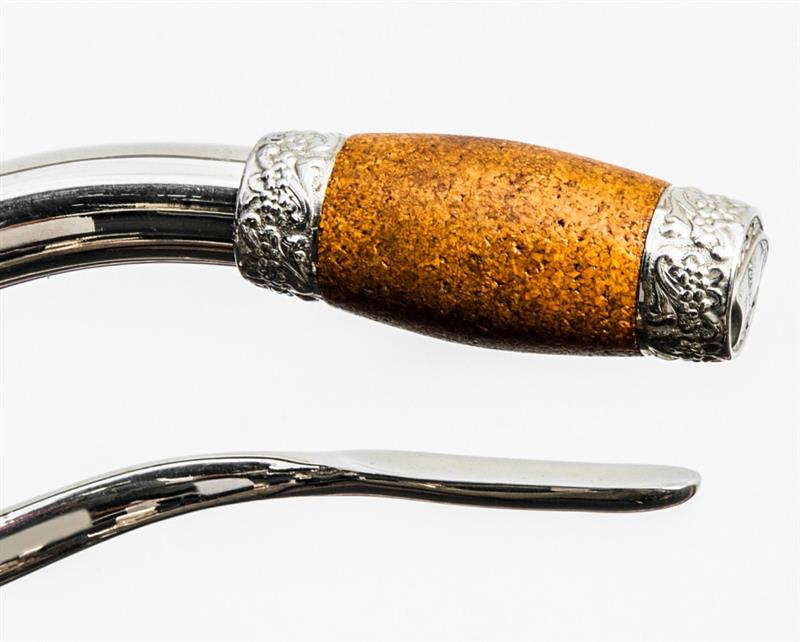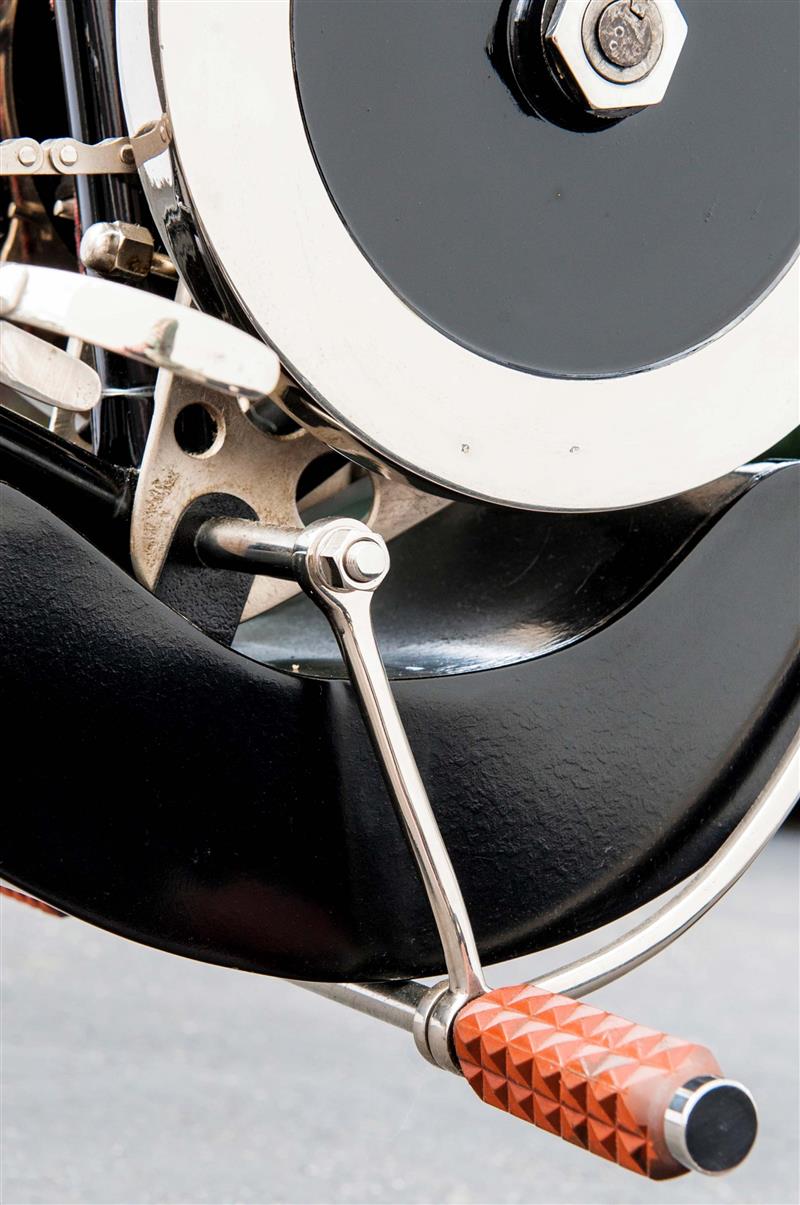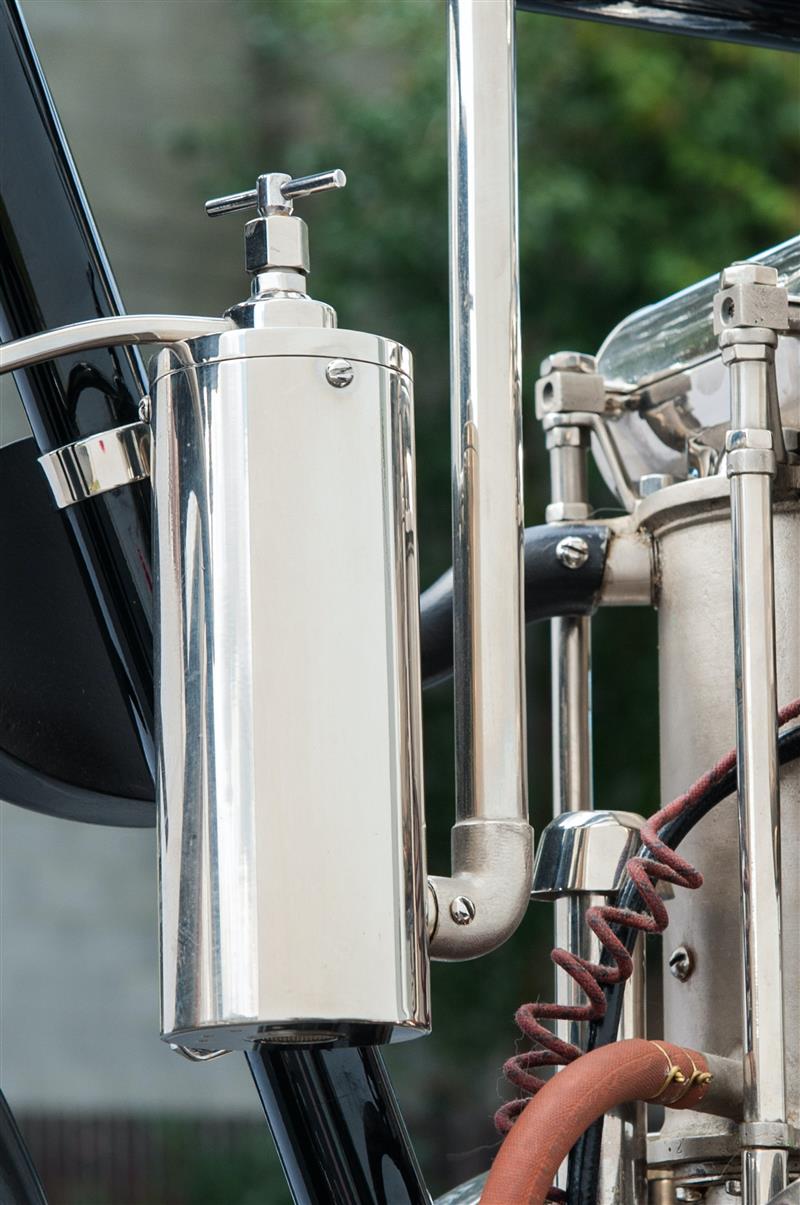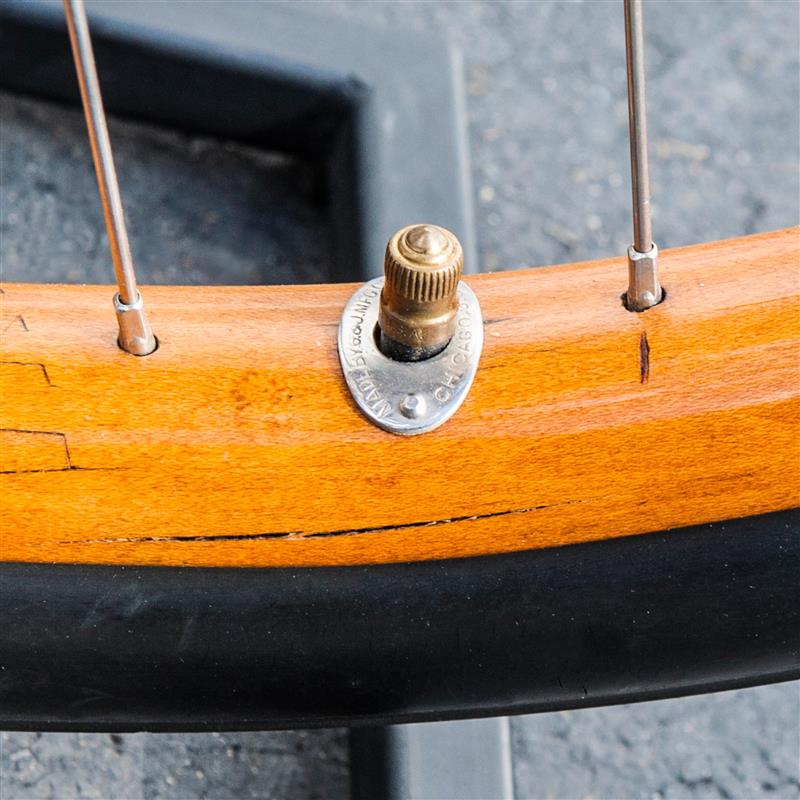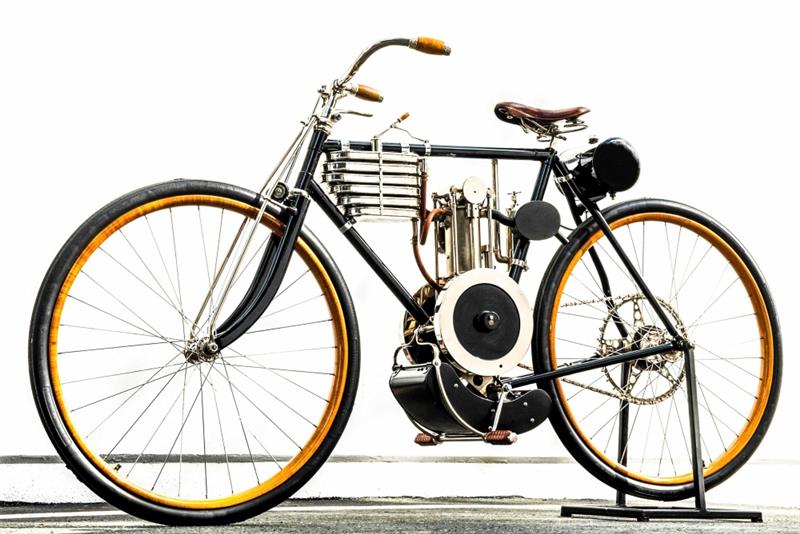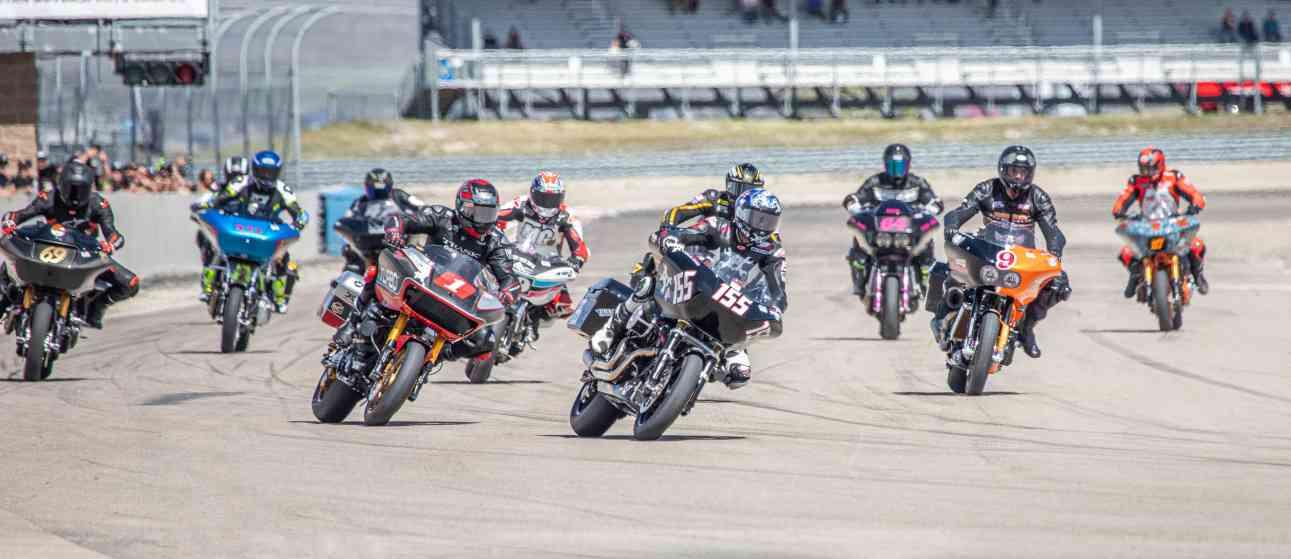
FUELING RACING At 2022 Bagger Races
The last time the FEULING Flying Pig saw its tires grace a track, it marked the first podium finish on record for the team in this high velocity class of Bagger GP racing.
With expectations high, the crew journeyed into Utah with a burning motivation to finish on top, and to best the field of bikes and riders alike who would undoubtedly leave it all on the track in hopes of standing atop the podium at the conclusion of the weekend.
The Flying Pig saw some huge performance gains heading into the race weekend with our 592 short travel camchest kit married to our refreshed Milwaukee Eight engine.
This is our, as we like to call it, “big nasty Put your big boy pants on and get serious” camshaft offered for all Milwaukee 8 engines. Our freshly tuned short stroke motor also armed with our FEULING Race Series lifters, oiling system, BA HighFlow air cleaner, and anti-reversion exhaust system, shined on the track.
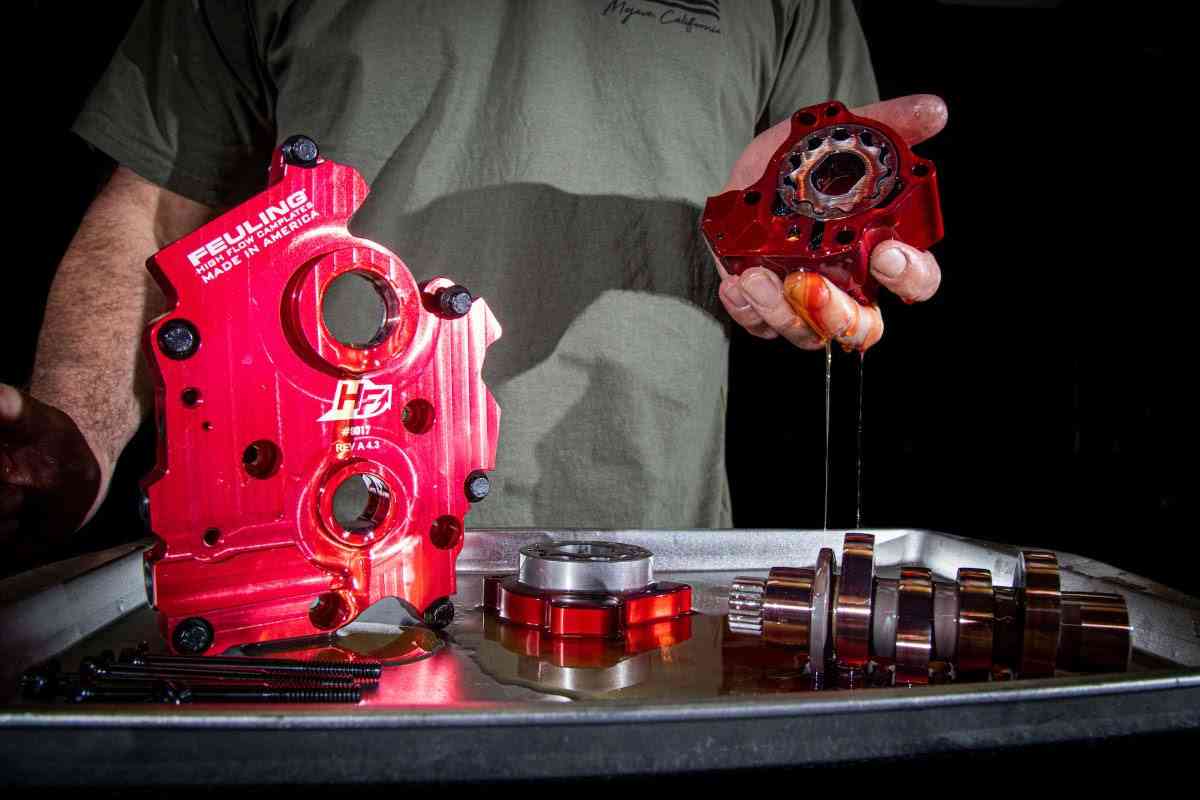 With our 592 camchest kit installed we saw our peak performance numbers from the dyno translate directly to the race track, all with the exact same components you can install on your build directly out of our parts catalog or your local Drag Specialties dealer.
With our 592 camchest kit installed we saw our peak performance numbers from the dyno translate directly to the race track, all with the exact same components you can install on your build directly out of our parts catalog or your local Drag Specialties dealer.
For a full build list on our official Bagger GP race bike CLICK HERE.
Through a full day’s worth of practice sessions leading up to qualifying, the bike only seemed to get better with pressure. There were a few minor adjustments needed, including a blown fuse that nearly ended the weekend early, but the bike came off the track from qualifying with Ben Bostrom sitting in pole position for the main event later that afternoon.
From the start we had our eyes set on the podium, and with each lap of the final race it became more and more apparent Ben and the Flying Pig were a force to be reckoned with. As the battle came to a close, Team FEULING saw yet another level conquered as we surpassed our previous best and took second overall.
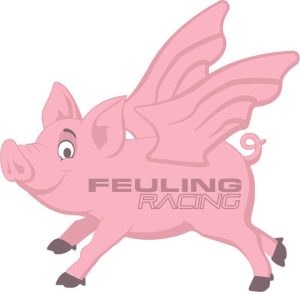
With each appearance of the Flying Pig in the Bagger GP, the crew in the pits get hungrier for the tallest step of the podium to be occupied by the FEULING name, just as it has so many times throughout our history.
A new tradition begins , the passing of the FEULING pig. For now, our beloved mascot resides in the hands of the Trask Racing crew, but as the next round of bagger racing gets closer on the calendar, the unofficial bagger racing trophy will make its way home.
For more information on the FEULING racing program and some insight into what goes into building a Harley Davidson race machine head over to our Race Division on our website, and for a closer look at the FEULING team at the track head to our “Trackside with Feuling” playlist on our youtube!
* * * *
STAY UPDATED With All Motorcycling Events, News, Updates, Products, Reviews and More. Grab the FREE Bikernet Blog Weekly Newsletter. CLICK HERE To Sign-up. Free, No Spam Ever, Never non-motorcycling stuff. Unsubscribe Anytime.
